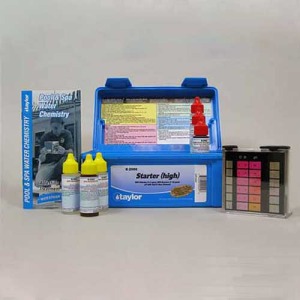First let’s define what a pool pump is: A pool pump consists of two principal parts a motor and a wet end, where the water enters and typically there is a basket. So are you going to replace the pool pump or the pool pump motor?
Replacing the pool pump motor involves dissembling the pump, separating the wet end from the motor, removing the impeller, mounting plate and diffuser. The reassembly involves replacing the seal and reassembling the components mentioned above. To see a typical pump layout click here.
When you replace a pool pump, more than likely you will need to cut and re-plumb the pipes. Typically I find it easier to replace the motor and seals
When we discuss swimming pool, repairs and retrofits that decrease a pool’s power usage, the focus generally moves towards the pool pump, since it consumes more power than any other unit of pool appliance. However, a well-designed variable speed pump can decrease the energy expenses of operating a pool by up to 90%.
Historically, swimming pool pumps with induction motors that run at only 1 or 2 speeds draw more power than is needed to circulate swimming-pool water. That’s because these pool pumps can run at only 1 speed at a time
Speed Pool Pumps:
The majority of pool pumps in the market place are a single speed. Without a pool timer the single speed pump runs 24 hours per day, with a timer the pump can be turned on for specified periods of time. The typical costs are: $75-$150 and depends on how long and what horsepower pump is employed.
Speed Pool Pumps
Speed Pumps have become more popular. They are capable of running at 2-speed a higher speed which is typically that of a single speed pump and a lower speed that is half the speed of a regular speed pump. The pump can be run at a slower speed which will provide circulation and chlorination. The pump can be switched to high speed when vacuuming the pool is necessary. It too can be further regulated with a time clock or an automation system that includes a salt chlorinator. Typical Monthly Cost on Electric Bill: $30-$50
Variable speed pumps:
Most variable speed pumps can be programmed to run at an appropriate speed to provide the appropriate flow for each defined function, such as running a suction-side swimming pool cleaner, spa jets or waterfalls. This is done thru a control panel attached to the pool motor. Most of these pumps will increase the speed as the resistance in the filter increases, therefore maintaining a constant flow.
No matter what type of pump is being employed, slower pump speeds save power. They also considerably decrease the level of noise related with conventional swimming pool motors and decrease wear on not just the pump itself but also pool cleaners.
If a swimming-pool employs a single-speed pump, it may cost around nine-hundred dollars per year to operate that pump. After 5 years, the owner will have spent about $4500 operating that pump. At the same time, in a nicely-programmed system with a variable speed pump, the same operational expenses may be as small as two-hundred dollars per year.
So if saving money on operating your pool is a goal consider the following:
1). Try to reduce the size of your current pool pump; this will be the least expensive option. However, before doing this consult with a pool professional to make sure the new pool pump motor meets the minimum requirements.
2). Replace your current pump with a high efficiency motor, the replacement motor cost is slightly higher, but will save you money.
3). Consider replacing you pool motor with a two speed motor, only running the pool pump on high speed when running an automatic pool cleaner or manually vacuuming the pump. This will again save you more money.
4). Consider replacing the entire pump with a variable speed pump. This is the most expensive option and would take 3-5 years before you get back the cost of the new pump. But will in the long run save you the most money. I have had several customers go into shock, when they were told their replacement variable speed motor replacement was going to cost around a thousand dollars. Therefore, choose your options wisely.








